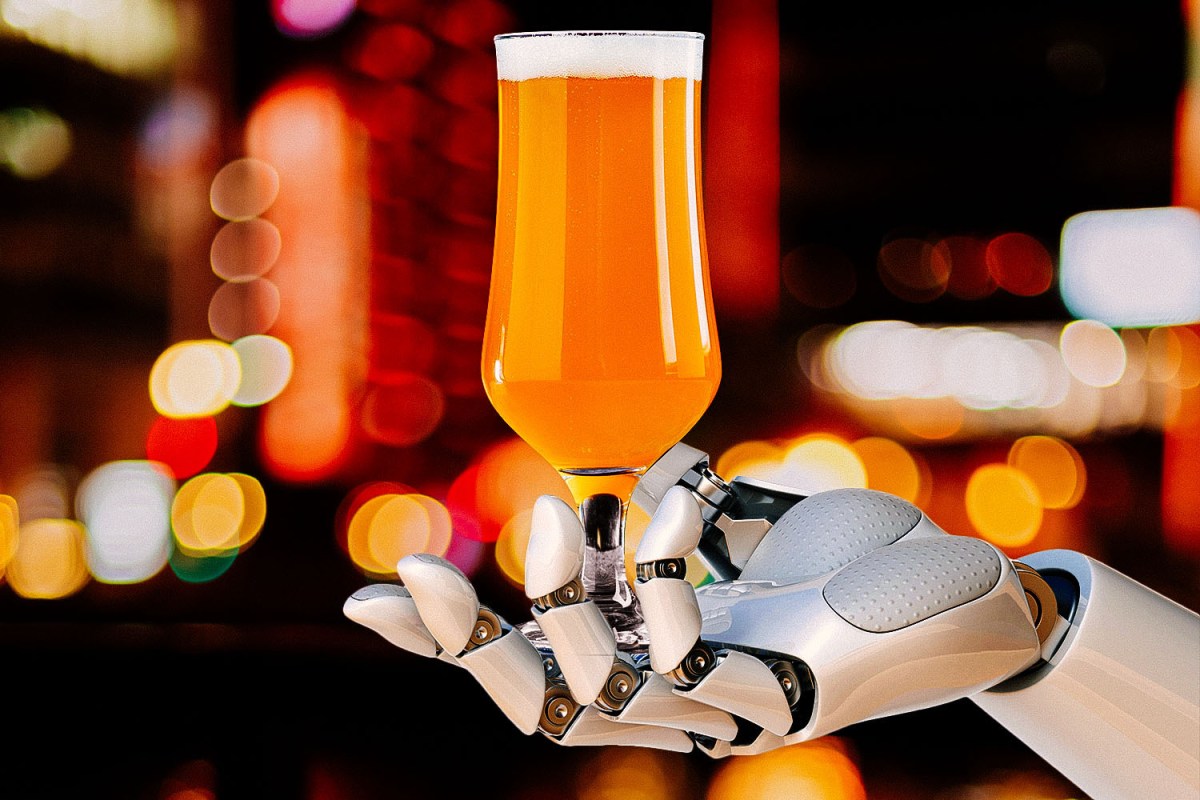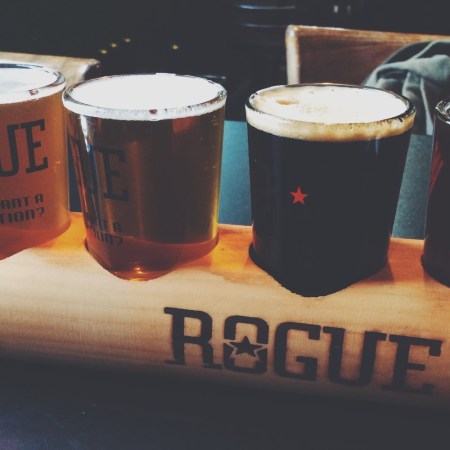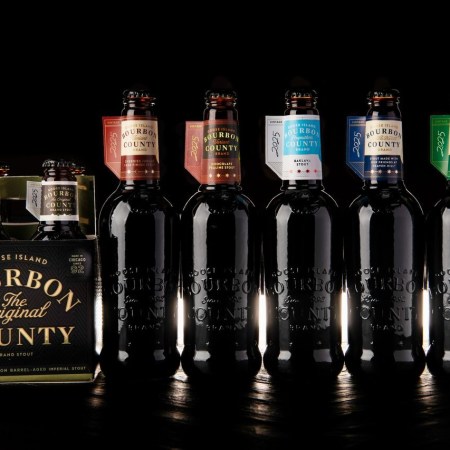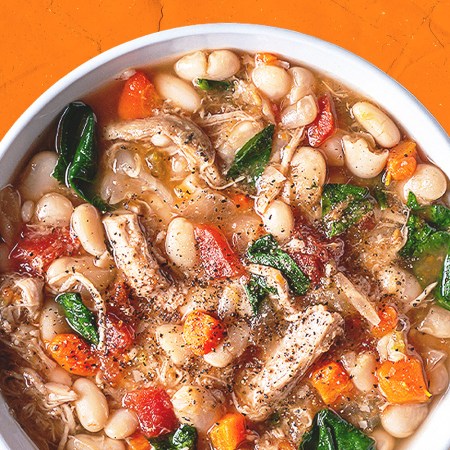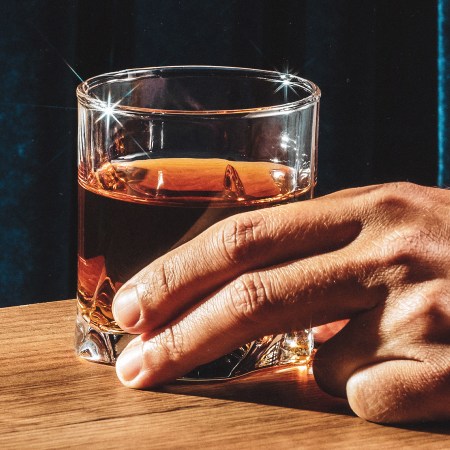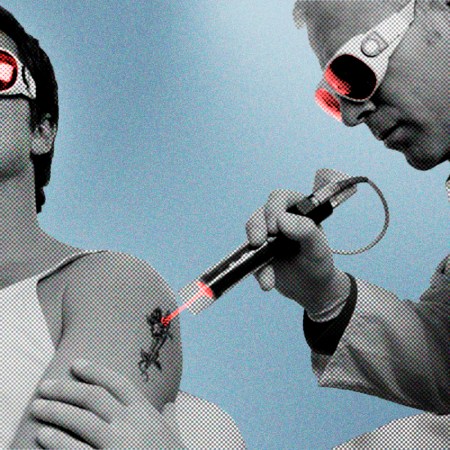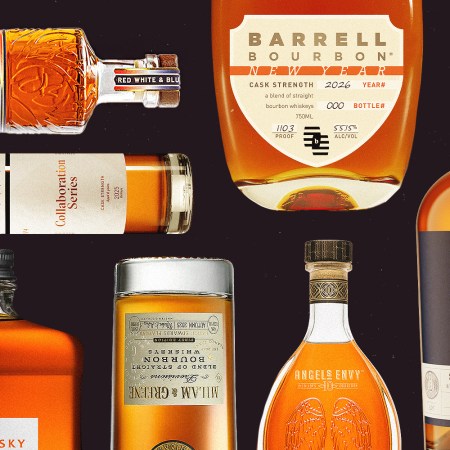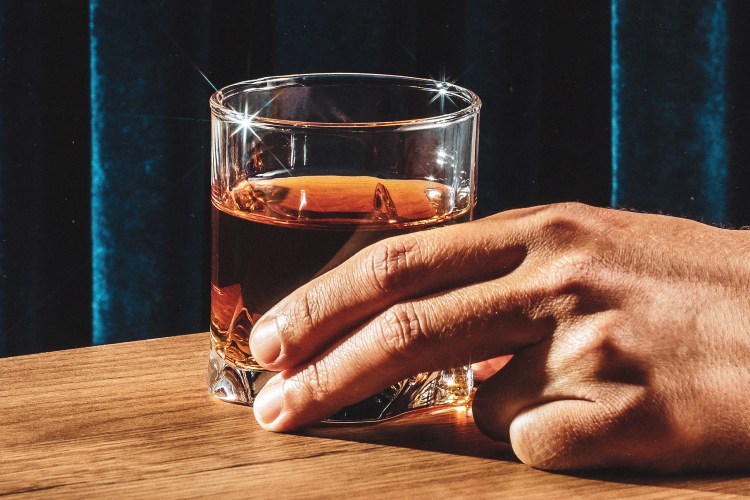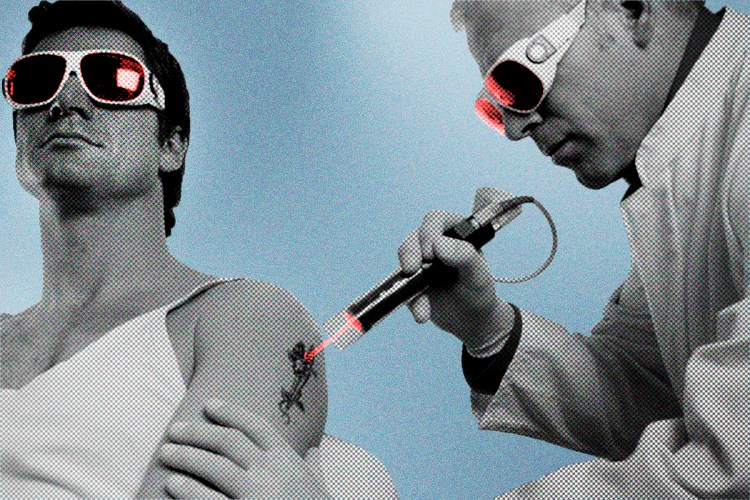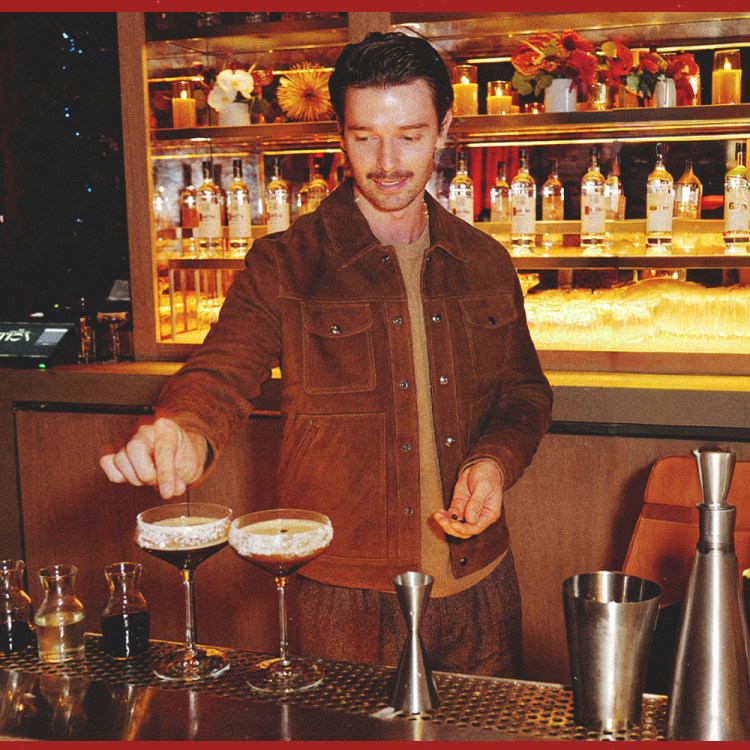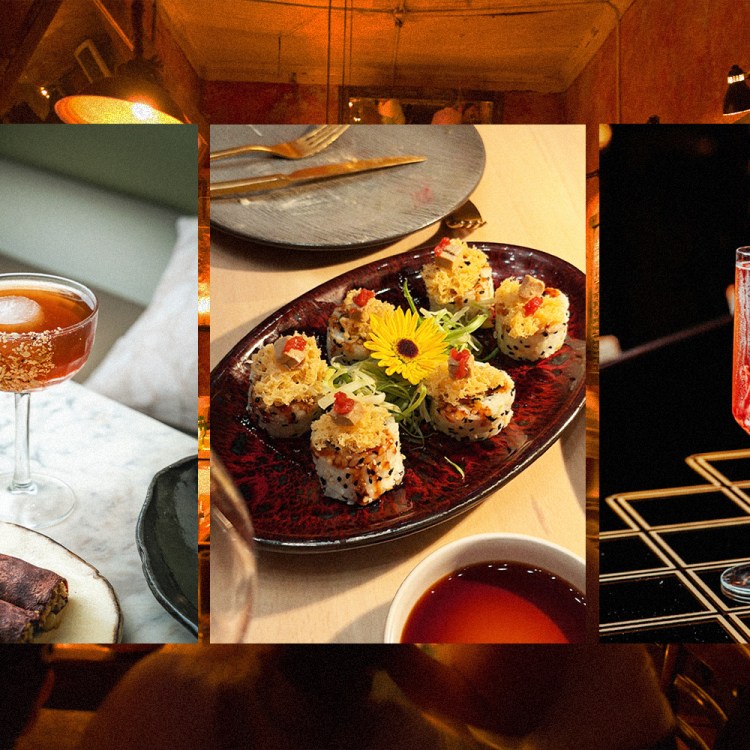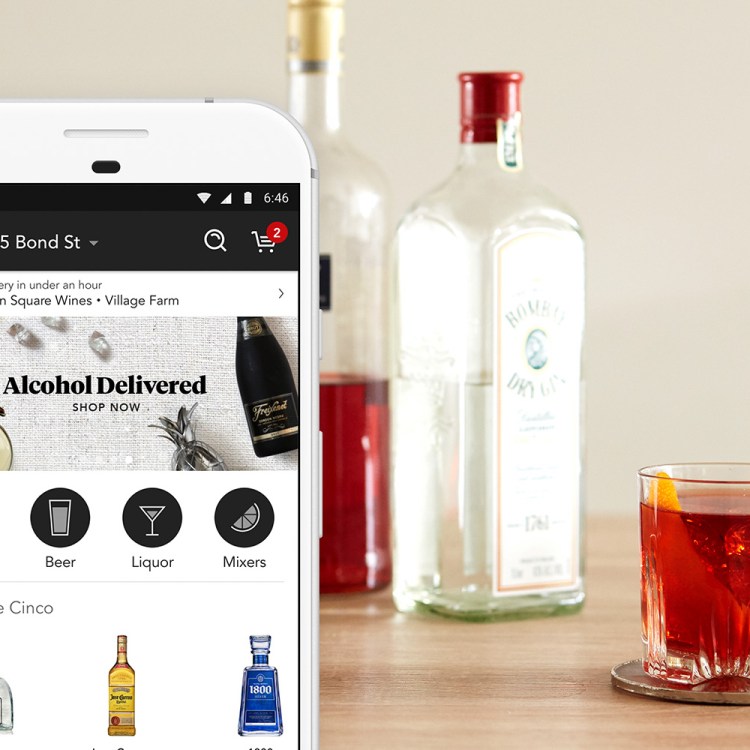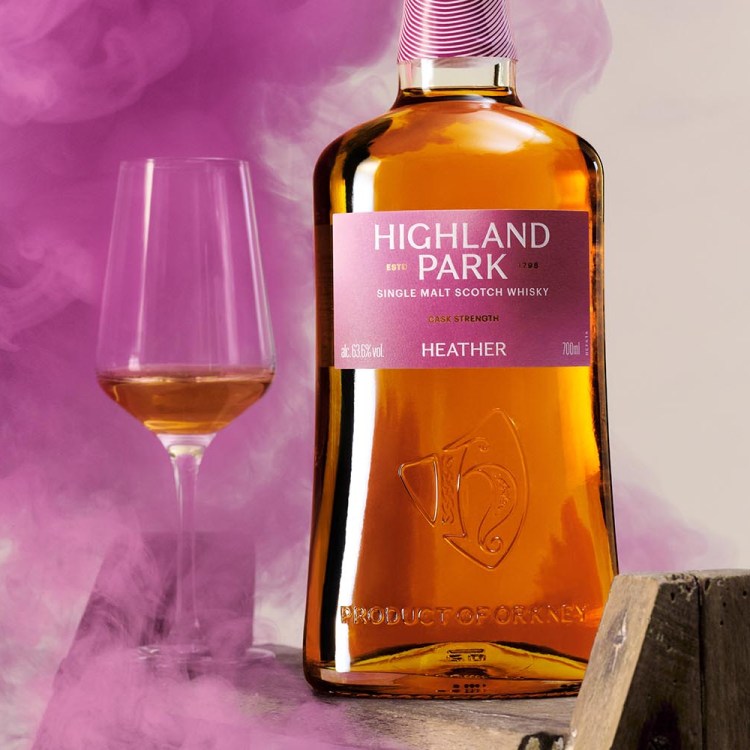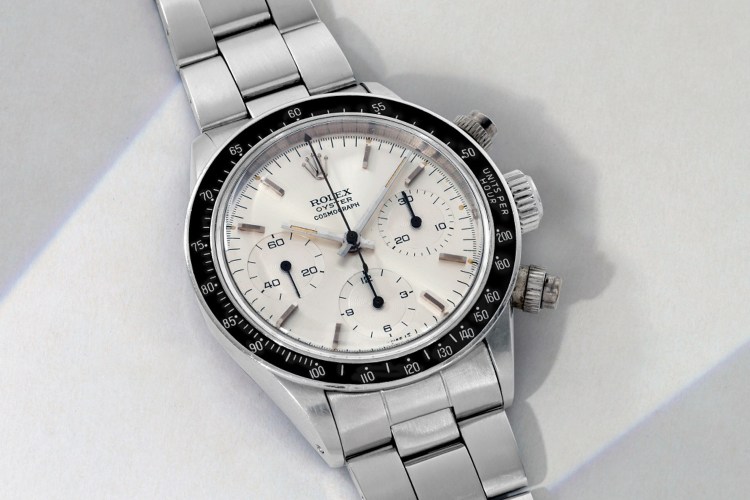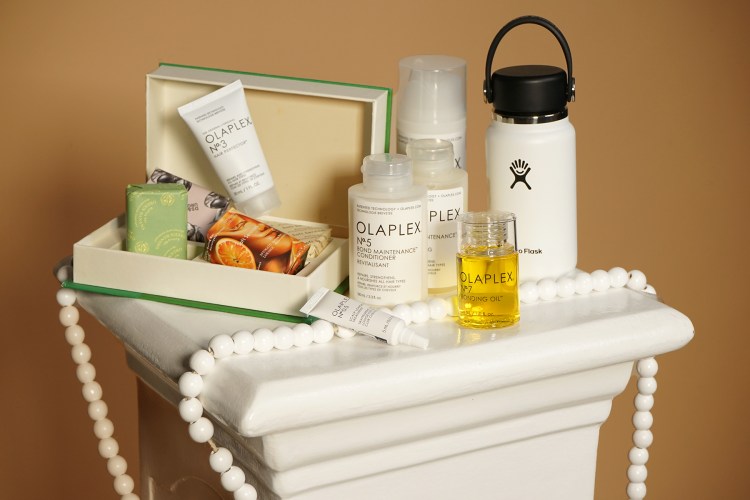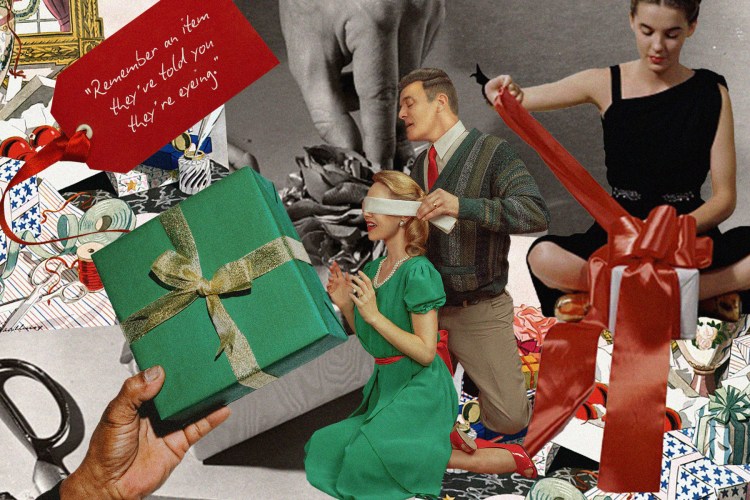Over the past 20 years, no other style has become as synonymous with American craft brewing as the IPA. Even those whose beer knowledge barely extends beyond watered-down macrobrews are aware of it, poking fun at its trendiness and referencing it along with fixed-gear bikes, fancy coffee and indie rock to paint a picture of a very specific type of ultra-hip drinker whose snobbishness extends beyond booze.
But the thing is, IPAs aren’t just for snobs. Years after the IPA boom, it continues to be the most popular style of American craft beer. And as it continues to evolve, with more and more variations cropping up every year, there’s something for everyone, whether you prefer the overwhelming hoppiness of an Imperial IPA, the guilt-free consumption that a session IPA allows for, or the creamy mouthfeel of a milkshake IPA. But with so many recent IPA fads, is there still room for innovation? Or is the beloved style headed for a fall, doomed to be usurped by lagers, stouts or something else entirely as brewers inevitably run out of ways to put a unique twist on it?
To get a sense of where IPAs are headed, it’s important to remember how they first took off in America, and as Ross Koenigs, research and development brewer at New Belgium Brewing, points out, it wasn’t always obvious that they’d be the next big thing.
“We had a big hunch that Belgian beer would really take off in the United States in a big way, and it didn’t,” he tells InsideHook. “So, I think it’s an interesting, useful comparison. Both have really interesting, good backstories: Belgian beer being brewed by Catholic monks back in the 1300s. People were drinking these styles of beer because they were safer to drink than water back in the Middle Ages. There’s this rich and storied history. Likewise, with IPA, there’s this mythology around the British sailing around the empire, loading their casks of ale into the cargo areas of ships and using hops for their preservative effect. Granted, that story’s probably a bit embellished, but I think it’s important at least for establishing the mythology that I think it really captured a lot of people’s attention and really allowed for people to really start to engage in what the beer style is, become really interested in it, feel almost that connection to history.”
But while both IPAs and Belgian beer came with a mythology that, as Koenig says, “started a bit of a foothold, especially in American craft beer,” only one of those styles was malleable enough to birth substyles and cast a wider net. “Then you had this confluence of American craft brewers taking the style and applying new and interesting hop varieties, techniques, all of these other things that then really started showcasing the versatility of it,” he explains. “And I think my theory of why IPA versus why Belgian beer didn’t really take off is that there’s so many different permutations of IPA that are interesting and novel and fresh and engaging. American craft brewers and now global craft brewers really have taken up that mantle and just pushed that idea that hops can be so many different things, and you can get so many interesting and new and fun flavors out of them. Belgian beer and some of the other more traditional beer styles just don’t have that level of versatility. So, they become locked in this very singular understanding of what the beer style can be, whereas, IPA has just entirely broken out of that. And so, consumers are more interested and more engaged in it.”
Al Marzi, chief brewing officer at Harpoon Brewery, also cites the IPA’s broad definition as one of the main reasons for its enduring appeal.
“It spans such a wide variety of types of IPA,” he says. “So there isn’t, ‘Here’s an IPA, and if everyone doesn’t make it the same way, then it’s not an IPA.’ There are so many different styles that there’s enough out there for someone to like. So, I mean, whether you’ve got an English IPA, or a New England IPA, or a White IPA, or a Black IPA, or a Rye IPA, West Coast, Session, there are so many types that the IPA portion of it becomes a bit ubiquitous, but someone’s going to find something within that style of IPA that they like. Even though they may not like a West Coast IPA, they may prefer a hazy New England IPA, but it’s still an IPA. So I think you have to count that there are so many varieties within that style, then it’s easy for it to continue to grow.”
Of course, that wasn’t always the case, and for many years during the rise of the West Coast IPA, craft brewers were engaged in a race to see who could come up with the bitterest palate-wrecker. As Koenigs notes, drinking one and liking it was proof that you could hang.
“I came into the craft beer business in the early 2000s, so speaking from my own experiences, back in those days, IPA really started to hit a somewhat critical mass coming out of the West Coast IPA,” he recalls. “It was like Lagunitas in ’96, Stone about the same time, a lot of those things where back in the day IPA was all about bitterness. It was like, ‘how can we make the most bitter, intense beer we possibly can?’ And it was almost like a badge of honor that people liked this exceptionally bitter, pungent beer that almost became this aspirational style. If you’re really into craft beer, you have to develop the palate to really get and like IPA. And so, I think as that progressed it became the hip, en vogue thing that, it was just like, ‘wow, I just really want to try this IPA. I don’t really get it. It’s weird. It tastes really bitter, but, all these cool people are drinking it. So, I might as well figure out what’s going on with this too.’ And so, I think that was the early conditions of how the style was adopted to a larger scale.”
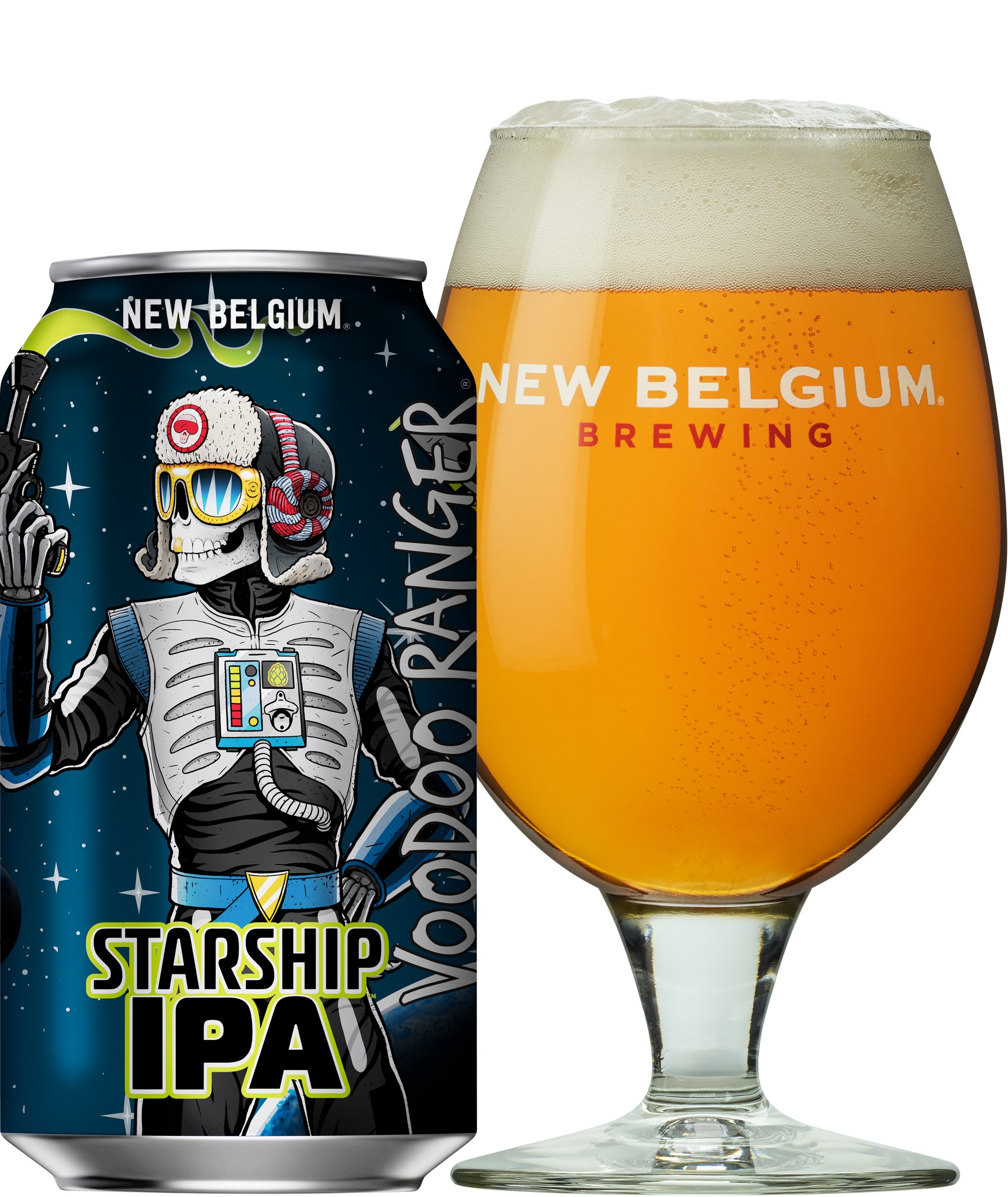
“But then, as it started reaching that critical mass and IPA became a much more broadly defined category, I think then a lot of brewers correctly intuited that it’s like, ‘well, okay, we’re brewing IPAs right now in this very hyperspecific way, but eventually you reach about the same amount of people that are already drinking this beer,’” he continues. “And so, I think just from a marketability perspective, we needed to adopt new techniques just to reach more and more people. I think what a lot of the extension of IPA stylistically then became just like, ‘all right, how do we make IPA more broadly appealing?’ And, for the most part it was dropping the bitterness. But interestingly enough, the bitterness originally was like bitterness, but also a lot of flavor intensity. And so, brewers then started developing a lot of techniques where it’s just like, we can drop the bitterness, keep the flavor intensity. And then, I think that’s really the lightbulb moment that it’s just like, ‘oh shit, I think we have something here.’ … Now you have people that never liked IPA because it was so bitter in the past, now they’re tasting it, just like, ‘wow, this is really good. This tastes like guavas. This tastes like orange juice,’ all the other things. I think what drove craft beer growth, I think was really through that insight. That hops, historically have always been bitter, but they can also now be a dominant flavor characteristic and don’t have to be bitter.”
Eventually, East Coast brewers answered their West Coast counterparts by offering up maltier, more balanced IPAs. But as Marzi recalls, back in the early days, even Harpoon IPA — now emblematic of the East Coast IPA — was considered to be bitter.
“When we first came out with this in ’93, people thought it was really, really bitter at 42 IBUs [International Bittering Units],” he says. “And now we’re on the very low end of the spectrum of IBUs within the IPA category. At the time, people thought that it was going to be bitter. But at the same time, we brewed it to be balanced. The head brewer at the time was not just brewing here, but was an avid home brewer and was always experimenting. And one of the things he did was he took pale malt and he put it in his oven and toasted it so that we’d get some toasted flavor into this beer, because at the time, there really weren’t that many maltsters out there that had a wide variety of malts. So, he started toasting the malt, and we did that internally here. We’d send everybody home with a bag of malt and tell them to put it in the oven at 350 for a while, and bring it back the next day so we could brew. But that was because he wanted to make sure that we had, not just a caramely malt balance, but some toastedness to it. It really rounded out the malt character. And then that was balanced with the aromatics of the Cascade hops that we used.”
It’s that balance that Marzi sees as the style’s way forward, a providing a gateway for drinkers who may be turned off by a West Coast hop bomb.
“[Other breweries would] start to make an IPA, and their thinking was, ‘Well, an IPA is basically just has a ton of hops in it, so I’ll just throw a ton of hops in this thing and call it an IPA,’” he says. “And people drank it and said, ‘Wow, that’s really over the top, and that’s not something I enjoy.’ But now that there are more people making more balanced versions of IPAs, the people that are tasting realize that’s what they like…They don’t immediately turn up their nose and go, ‘Oh, I don’t like IPAs.’ They may think, ‘Well, I didn’t like that IPA, but there may be another IPA that I do like.’ And as they’ve gone through, and so much of the younger generation is about trying new things that they’ve tried so many at this point and they’ve realized, ‘You know what? I do like IPAs, and I’m going to be willing to try more because I don’t know what the next one’s going to be like. It may be right up my alley, or it may be part of the style that I’m not as excited about.’”
It’s true that — thanks at least in part from the sheer number of options these days — IPAs are more popular than ever. According to a recent survey by Engine Insights, 21 percent of Americans over the age of 21 say they’re more likely to drink IPAs than they were five years ago, and when you whittle the results down to the coveted millennial age group, that number grows to 34 percent.
“In general, I would say that IPAs have continued to just skyrocket in terms of growth and consumer interest and velocity in the consumer’s hands in the marketplace,” New Belgium brewmaster Christian Holbrook says. “And I think, prior to COVID, IPA was largely responsible for the growth that the craft segment was still seeing, which I think speaks volumes about consumers’ interest in it versus the rest of beer.”
Of course, the COVID-19 pandemic has presented a massive challenge for many craft breweries, and it remains to be seen what sort of impact it could have on future IPA sales in particular. As Marzi notes, people stuck in their homes have found solace in the familiar — and for many, that includes a nice, classic IPA. But as Holbrook says, social distancing restrictions and a recent spike in cases across the nation has many brewers worried about this year’s hop harvest.
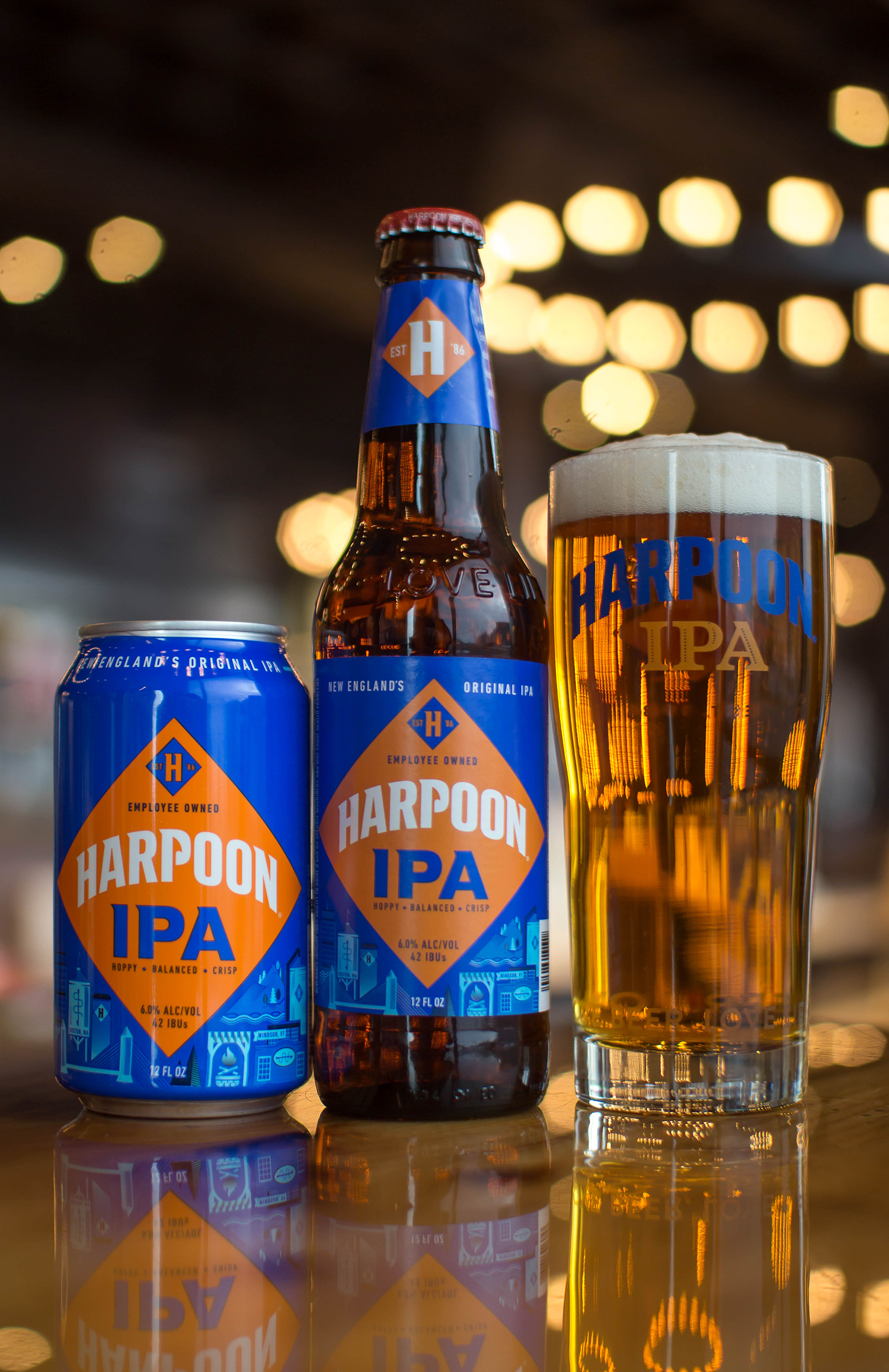
“Looking at the supply chain side, I think there’s some real concerns by craft brewers around what this upcoming hop harvest looks like,” he says. “I mean, hop picking is set to begin in Oregon in slightly over a month, maybe four to five weeks from now. And so, under these current conditions — and particularly of late, where we’re seeing the number of daily new cases continue to rise — how are our hop growers managing that with their seasonal labor force, and how are our brokers managing that with their workforces, right? All these people that it takes to get hops from the farm, from the field, into the cold rooms and brewing vessels of breweries around the country and around the world. And I think we’re being reassured that that supply chain is not in danger, and we’re being as encouraging as we can to our suppliers and our grower partners, ensuring and encouraging folks to keep people safe at all costs, as much as possible, during this upcoming harvest.”
With so many existing IPA varieties already and a potential hop shortage due to the pandemic, it’d be easy to assume that there isn’t exactly room for innovation within the style these days. But Marzi, Holbrook and Koenigs all are confident that brewers will continue to take the style in new directions and take advantage of its remaining untapped (pun intended) potential.
“It requires a little bit of gazing into the crystal ball if you will,” Holbrook says. “And I think it’s pretty difficult to do. I think it’s up to brewers and up to their imaginations in what we can do with the tools that we have. And I think we’re still going to continue to have new hop varieties coming out. It’s up to us to be on top of our game in that regard and [keep our] eyes open going into each year, with an eye towards where current trends are, but also just what’s interesting, what doesn’t exist right now in turning that flavor spectrum from hops.”
He mentions New Belgium’s Sour IPA as an example, and lists sour IPAs in general as the next potential IPA trend. “I think that presents a really interesting and really challenging flavor matrix, right?” he says. “And the combination of different sensory attributes, particularly in sour. And then, in managing bitterness as Ross was talking about. Too sour and too bitter really don’t go well together at all … Citra [hops] brings that kaleidoscope of citrus fruits. Lemon, lime, orange, grapefruit, even bits of tropical fruit to the equation that really set off, complement the sour portion and vice versa, right? The sour portion sets off the aromatic hop characteristics and the fruits that come with that. So personally, I think there’s a ton of space in that wood-aged sour IPA realm. It’s something I haven’t seen a ton of, and I think there’s a ton of space there.”
For his part, Koenigs hopes to see more brewers taking an eco-friendly approach when it comes to making their IPAs in the future.
“One of the things that I really want to see is a heightened focus and awareness around sustainability,” he says. “Especially as brewers are pushing the limits of adding five, 10, 15, 20 pounds per barrel of hops to their beer that, while I think the flavor intensity and all that is really great, there’s also a sustainability downside to it. Hops are somewhat resource-intensive to grow. As we continue to move on through the years and understanding our impacts on the climate and climate change, we are going to need to figure out how to make these kinds of beers while still being relatively efficient in doing so.”
He’s optimistic that sustainable brewing is possible, even for hop-heavy IPAs. “We’re trying to breed hops that just yield far greater quantities per acre planted than traditional hop varieties,” he says. “And I think that’s another big piece: how do we as brewers demand and also help finance and sponsor all these new hop varieties where not only are they giving us the flavors that we want out of them, but also making sure they’re efficient growers. We’re really going to need to figure out how do we continue to entertain and delight our customers, but do it in an ecologically responsible way.”
Marzi is hesitant to predict what the next big trend is because, as he says with a laugh, he never could have imagined the current ones when he first started nearly three decades ago.
“It’s funny, whenever New England IPAs came out — now it’s been five, eight years, something like that — if you had asked me 10 years ago, I might’ve said, ‘Well, people are changing up the hops that they use, and maybe changing up the malt, doing this and that, but I don’t know if there’s going to be any major changes to it,’” he says. “Well then, New England IPAs came along. I mean, I’ve been here for 29 years. I spent most of my career trying to filter beer bright, and all of a sudden, we had to make this new IPA, like we’re making with Rec League, that is hazy. So, I might not have seen that coming back then. At this point, sometimes it feels like we should be done innovating, but we’re not. And I think that’s just part of craft brewing in and of itself. We are constantly trying to innovate. So, I wish I knew what the next big thing was going to be, so that we could corner the market on it. We’re working with terpenes now, which are aromatic oils that are found in hops, and that may be one way people go…I mean, non-alcoholic IPAs are starting to become a thing. So people are continuing to innovate, and we are internally, and I expect it to keep going. I don’t think we’ve hit the end of it.”
“Hopefully, we’re done with the really goofy stuff, like making peanut butter IPAs, but you never know,” he adds with a chuckle.
Every Thursday, our resident experts see to it that you’re up to date on the latest from the world of drinks. Trend reports, bottle reviews, cocktail recipes and more. Sign up for THE SPILL now.
